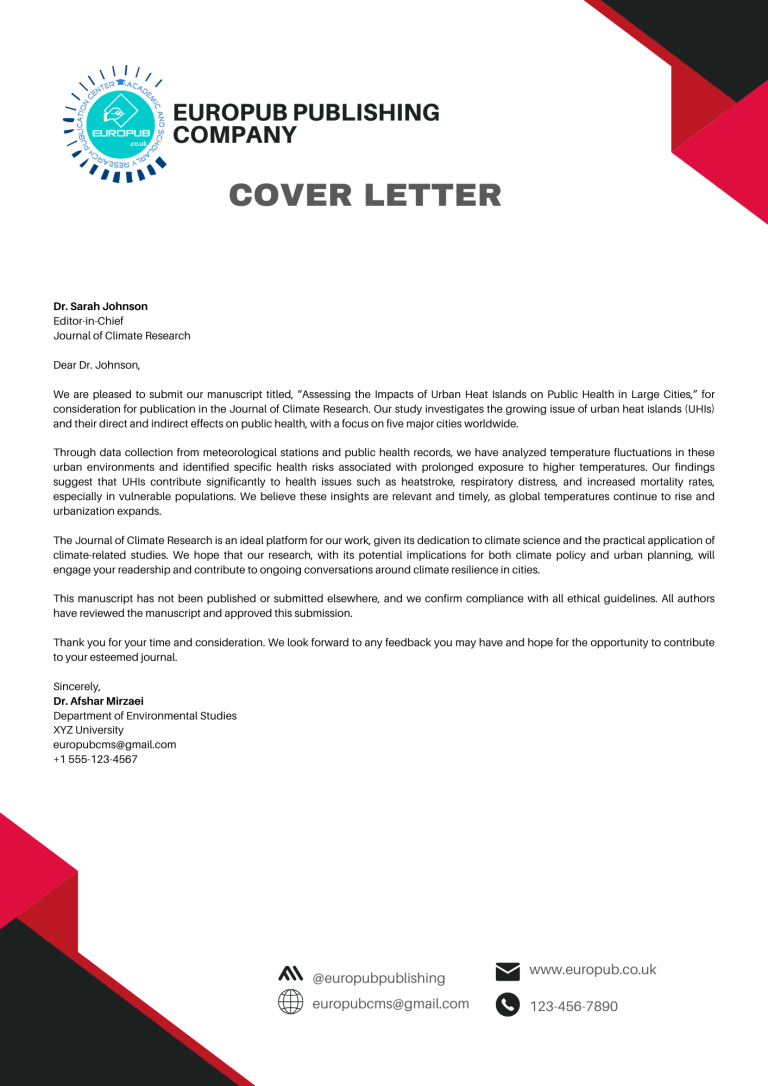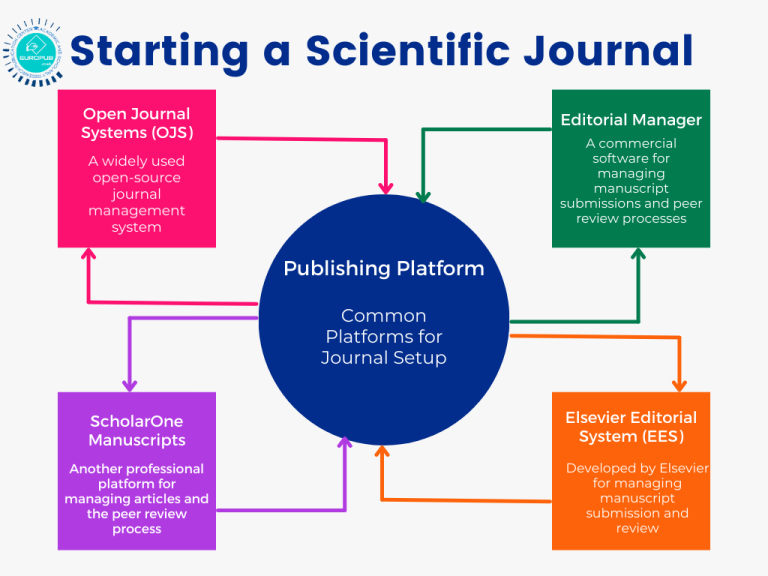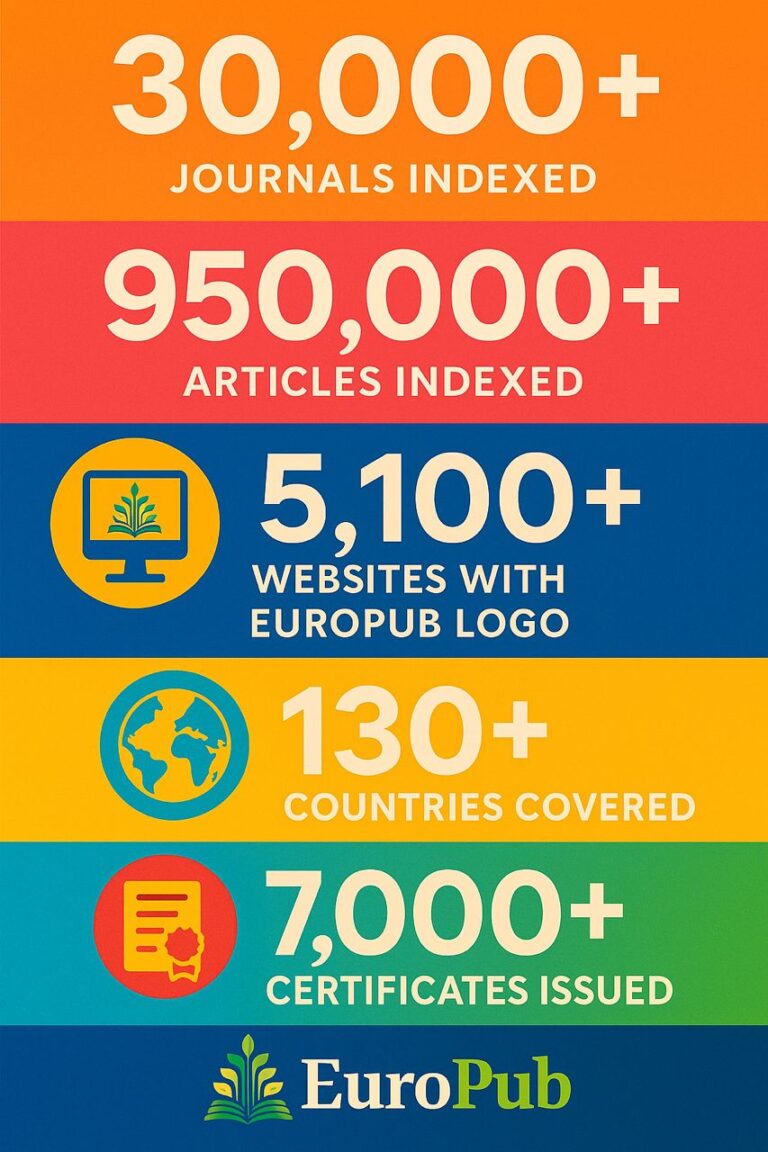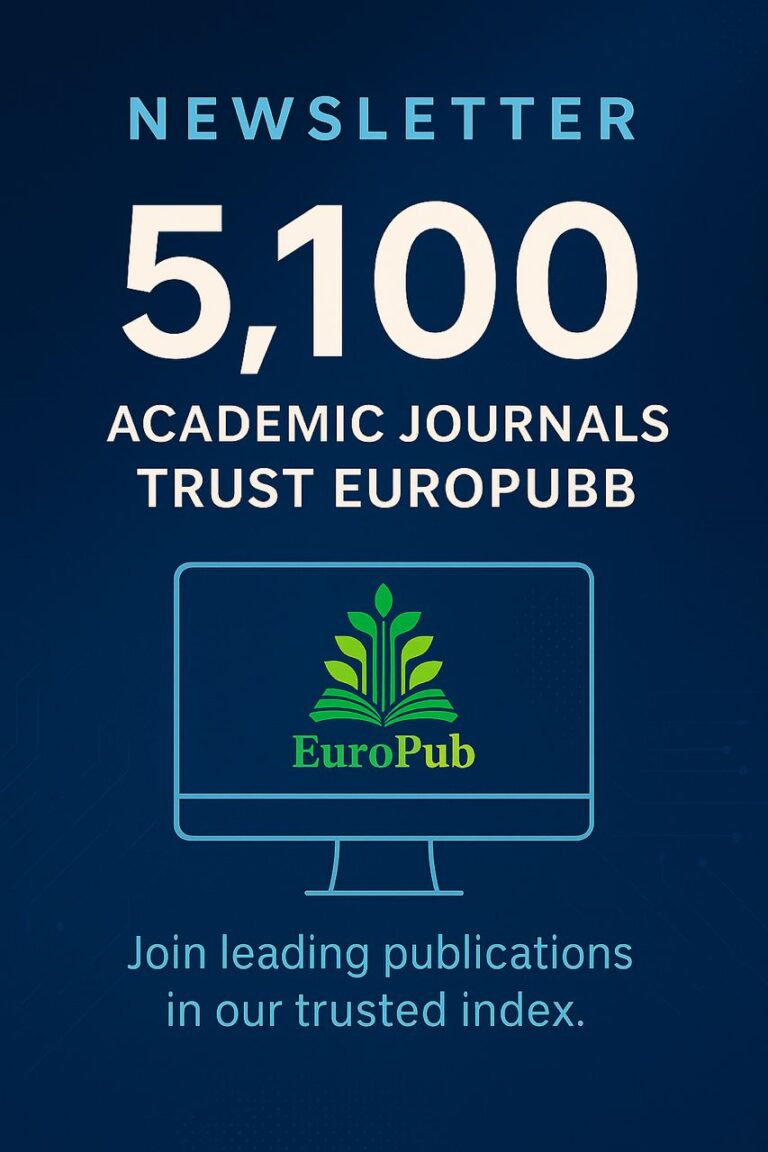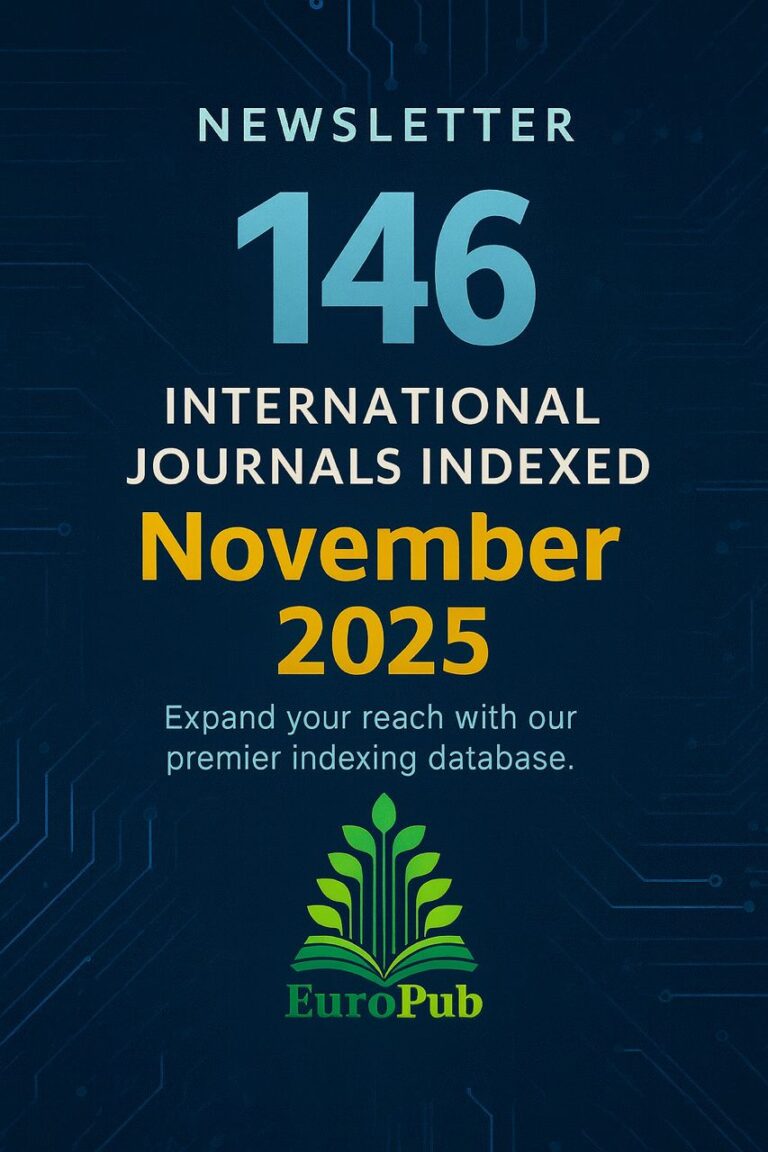Identifying Hijacked Journals: How to Recognize Them
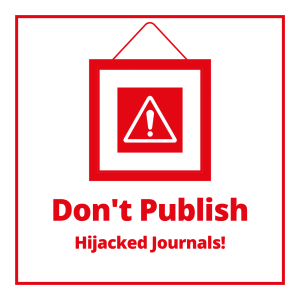
Identifying hijacked or predatory journals is crucial for ensuring that your research is published in a reputable outlet. Here are some strategies for recognizing such journals and frequently asked questions (FAQs) related to this issue.
Ways to Identify Hijacked Journals:
1. Check Credible Databases:
• Verify if the journal is indexed in recognized databases like Scopus, Web of Science, or the Directory of Open Access Journals (DOAJ).
2. Evaluate the Journal’s Website:
• Look for professional design and clear navigation.
• Watch for grammatical errors and unclear language.
• Ensure there is adequate contact information, including physical addresses and email contacts.
3. Review ISSN and DOI Information:
• Check if the journal has a valid ISSN by looking it up on the ISSN Portal.
• Confirm that articles have DOIs assigned through CrossRef or similar organizations.
4. Assess Editorial Board and Staff:
• Investigate the editorial board’s credentials; reputable journals will list recognized scholars.
• Look for information about the board members’ affiliations and their publication records.
5. Consider Publication and Peer Review Speed:
• Be wary of journals that offer very rapid publication times, as this often indicates inadequate peer review processes.
6. Examine Fees and Transparency:
• Legitimate journals will clearly state their publication fees. Be cautious of journals that are not transparent about their costs.
7. Analyze the Journal’s Scope and Aims:
• Look at the journal’s stated aims and scope. If they are overly broad or vague, this may be a warning sign. Reputable journals typically have a well-defined focus.
8. Check for Plagiarism Policies:
• Legitimate journals will have clear policies on plagiarism and will often use software to check for originality. Absence of such policies can be a red flag.
9. Examine Past Issues:
• Review previous volumes and issues of the journal. Look for the quality of published articles and the diversity of topics. A lack of quality or a narrow focus may indicate a hijacked journal.
10. Look for Indexing Claims:
• Some journals falsely claim to be indexed in well-known databases. Verify their indexing status by checking those databases directly.
11. Check Publication Frequency:
• If a journal claims to publish quarterly but has irregular publication patterns or missing issues, it may be questionable.
12. Seek Feedback from Peers:
• Consult colleagues or mentors who have experience in your field. They may have insights into the journal’s reputation.
13. Evaluate the Review Process:
• A transparent and rigorous peer review process is a hallmark of reputable journals. Check if the journal outlines its review process clearly on its website.
14. Research the Publisher:
• Investigate the publisher of the journal. Established publishers typically have a portfolio of reputable journals, while predatory ones often have only one or two questionable titles.
Frequently Asked Questions (FAQs) About Hijacked Journals:
1. How can I verify if a journal is legitimate?
• Use trusted academic databases and search for the journal’s name, ISSN, and editorial board information.
2. What signs indicate a journal might be hijacked?
• Poor website design, high fees, fast acceptance and publication times, and a lack of proper editorial oversight.
3. Does having a DOI guarantee a journal’s credibility?
• No, having a DOI does not guarantee credibility. Always cross-check the journal’s reputation through recognized databases.
4. Can I trust journals that promise rapid publication?
• Generally, no. Rapid publication is often a red flag indicating poor peer review practices.
5. What should I do if I suspect a journal is hijacked?
• Consult with experienced researchers, check the journal in reputable databases, and seek advice from academic associations.
6. Are all Open Access journals predatory?
• No, many Open Access journals are reputable. Check if they are listed in the DOAJ or have good editorial practices.
7. How can I ensure my article is not published in a hijacked journal?
• Conduct thorough research on the journal, confirm its legitimacy, and check the credentials of its editorial board.
8. What if a hijacked journal has already published my article?
• Consult legal advice, inform your institution, and check if the journal has any mechanisms for retraction.
9. Is having a recognizable editorial board enough to confirm a journal’s legitimacy?
• While a recognizable board is a good sign, it is not a guarantee. Conduct additional research to confirm the journal’s overall credibility.
10. How can I verify the authenticity of a journal’s ISSN?
• Search for the ISSN on the official ISSN Portal to check if it is registered and valid.
11. What should I do if I receive an unsolicited email from a journal inviting me to submit my work?
• Exercise caution. Many hijacked journals use spam emails to solicit submissions. Research the journal before responding.
12. Can I trust journals that claim to have a high impact factor?
• Not necessarily. Ensure that the impact factor is from a recognized source, and check if it is listed in legitimate databases.
13. Are there any tools or resources to check journal legitimacy?
• Yes, tools like the Cabells Journalytics, Beall’s List, and the Directory of Open Access Journals can help evaluate journal legitimacy.
14. How can I report a hijacked journal?
• You can report suspicious journals to your institution, academic societies, or organizations that monitor predatory publishing practices.
15. What are the risks of publishing in a hijacked journal?
• Publishing in a hijacked journal can harm your academic reputation, hinder future publication opportunities, and may not count toward tenure or promotions.
16. Is it safe to submit my article to a journal without a clear peer review process?
•It is generally not safe. A clear and transparent peer review process is essential for maintaining academic integrity.
17. Do hijacked journals ever retract articles?
• They may claim to do so, but retractions in hijacked journals are often non-transparent, and the process is rarely rigorous.
18. Can authors withdraw their articles from a hijacked journal?
• It may be difficult. Many hijacked journals have unclear policies regarding article withdrawals, and they may resist author requests.
19. Are all newly established journals suspect?
•Not all new journals are predatory. However, it’s important to conduct due diligence by checking the journal’s editorial board, indexing status, and published articles.
20. How often should I check the status of the journal after submission?
• While it’s important to monitor the journal’s status, be patient during the peer review process. If you encounter delays or poor communication, consider contacting the journal or researching its credibility.
Identifying hijacked journals requires careful evaluation and attention to detail. Conduct thorough research to ensure that your work is published in a reputable and respected journal.
